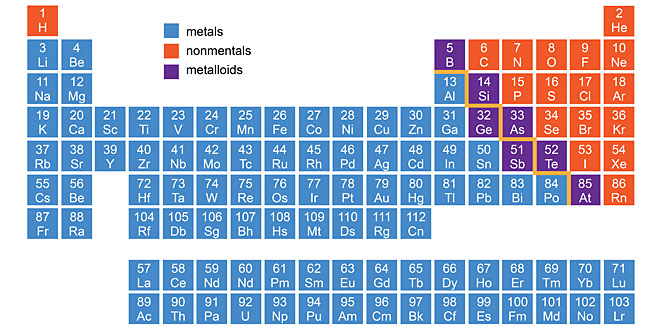Question: What is an alloy? How are alloy generally made?
Answer: An alloy is a mixture of two or more metals or one or more metals and a non-metal (usually carbon). Alloying is used to alter the properties of metals to suit certain applications. An alloy is usually made by mixing together metals in their molten form. They are also sometimes made by mixing metal powders together.
Question: Can a wire be drawn out of wood? Why not?
Answer: A wood does not have a property of ductility as it is a non metal therefore we cannot draw wires from wood .
Question: Can an alloy be used to lower the melting point? Give an example.
Answer: Alloying is also used to change the properties of metals in other ways. For example: solder, an alloy of lead and tin, has a melting point which is lower than that of lead or tin. This makes solder useful for joining copper wires in electric circuits. Superplastic, and alloy of aluminium can be stretched several times more than any metal or alloy.
Question: How is anodizing of aluminium carried out?
Answer: A layer of aluminium oxide is formed on aluminium upon exposure to air. This prevents further corrosion of aluminium. If this layer layer is made more uniform, it protects the aluminium underneath more effectively. This is done by a process called anodizing. It consists of passing an electric current through sulphuric acid using aluminium as anode. Oxygen is evolved at the anode which reacts with aluminium to form a uniform protective layer of aluminium oxide.
Question: What do you mean by malleability and ductility? How are these properties different in metal and non-metals?
Answer: Malleability: The property of metals by which they can be beaten into thin sheets is known as malleability. For eg., copper, aluminium and iron can be flattened on beating.
Ductility: The property of metals by which they can be drawn into thin wires is known as ductility.
Metals can be drawn into wires and beaten into thin sheets, i.e they are both malleable and ductile. Gold and silver are the most malleable and ductile metals. Non-metals are neither malleable nor ductile, they are brittle.
Question: Give three examples of reactions between metals and water to show that different metals have different reactivities.
Answer: Three examples are:
- 2Na + 2H2 O → 2NaOH + H2↑
- Mg + H2 O → MgO + H2↑
- 2Al + 3H2 O → Al2O3 + 3H2↑
 Class Notes NCERT Solutions for CBSE Students
Class Notes NCERT Solutions for CBSE Students


